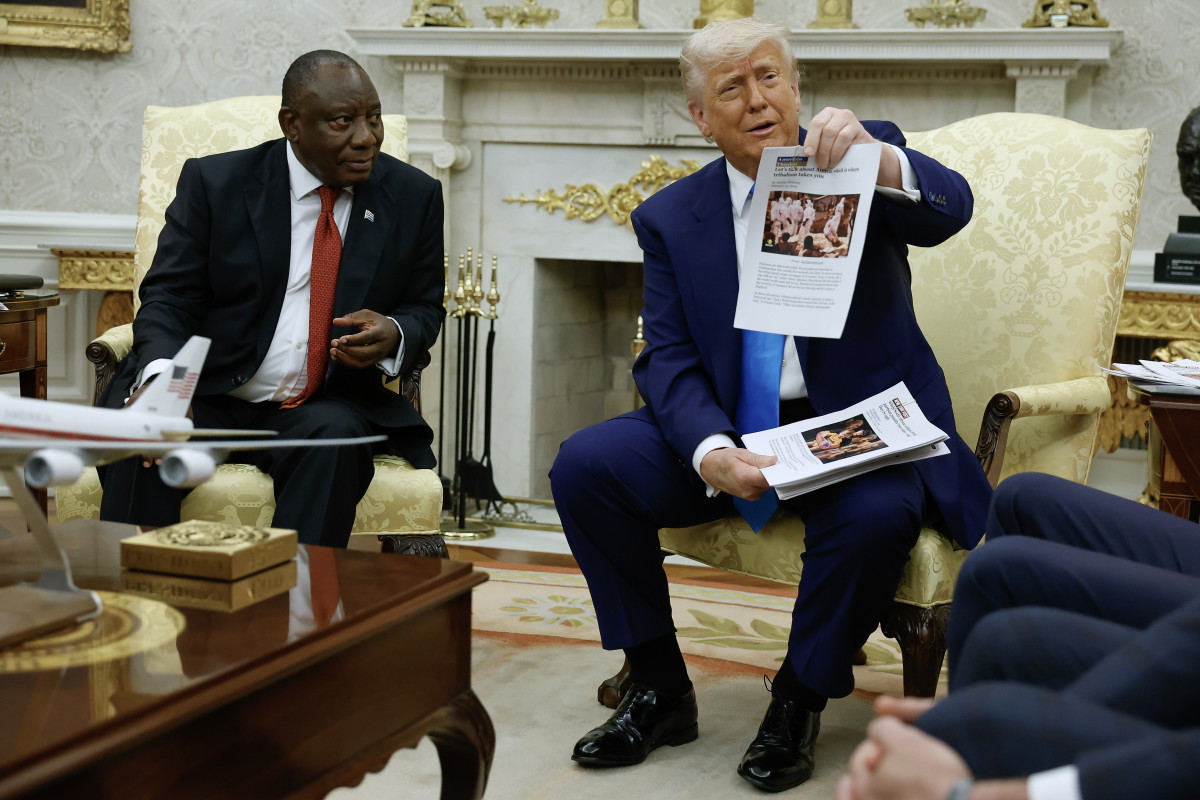At the start of June, President Donald Trump reintroduced a travel ban that was repealed after he finished his first term in the White House.
With the administration singling out certain nations as posing “a very high risk to the United States,” citizens of Iran, Afghanistan, Sudan, Libya, Myanmar, Chad, the Republic of the Congo, Equatorial Guinea, and Yemen are now once again banned from entering the U.S. for any reason.
An additional seven primarily African and South American countries avoided a full ban but have been hit with major restrictions on applications for business and student visas.
A few weeks later, a leaked memo revealed that the State Department was considering expanding the ban to an additional 36 “countries of concern,” while on Aug. 5, it announced that Malawi and Zambia would be the countries whose citizens will have to pay a bond of $15,000 to get certain types of visitor visas.
Don’t miss the move: SIGN UP for TheStreet’s FREE Daily news
State Department will “address concerns with the government of Zimbabwe”
Two days later, the State Department once again targeted Africa with the announcement that the U.S. Embassy in Zimbabwe had paused all visa applications into the U.S. “while we address concerns with the government of Zimbabwe.”
“The Trump administration is protecting our nation and our citizens by upholding the highest standards of national security and public safety through our visa process,” the note published by the embassy on Aug. 7 reads. “We are always working to prevent visa overstay and misuse.”
Related: South Africa hits back at latest US travel advisory
Diplomatic visas have been exempt from the visa pause. While neither the embassy nor the State Department provided more details on what the government of Zimbabwe would need to do before application processing is resumed, previous statements on the ban focused on “high overstay rates” and number of citizens who end up staying in the U.S. illegally once the visa runs out.
Numbers cited by the embassy show that the overstay rate was approximately 11% or 709 Zimbabweans.

Image source: Chip Somodevilla/Getty Images
After disastrous meeting with Ramaphosa, White House continues targeting African nations
Zimbabwe may have also been potentially targeted for the land redistribution laws passed in 1980s after the end of racial segregation.
At a White House meeting back in May, President Trump ambushed South African President Cyril Ramaphosa with debunked allegations of widespread genocide against the country’s white population and land reform laws that in specific circumstances allow for the seizure of land that was dispossessed from the country’s Black citizens.
More on travel:
- Another regional airline is now on the verge of bankruptcy
- Government issues new travel advisory on popular beach destination
- Another country just issued a new visa requirement for visitors
As part of the new bond program that will begin on Aug. 20 and so far has not yet been expanded to Zimbabwe, citizens of Zambia and Malawi granted visas can now only arrive to the U.S. in one of three entry points: Logan International Airport in Boston, JFK in New York, or Dulles International Airport near Washington, D.C.
Back in April, Zimbabwe’s President Emmerson Mnangagwa agreed to suspend tariffs on U.S. goods in an effort to establish a “positive relationship” with the U.S. government.
As part of widespread tariffs once again enacted on multiple nations at the start of this month, the U.S. currently has in place a tariff rate of 15% on the African country.
Related: Iconic New York castle hotel files for Chapter 11 bankruptcy
#targets #country #stops #visas #escalating #Trump #travel #ban